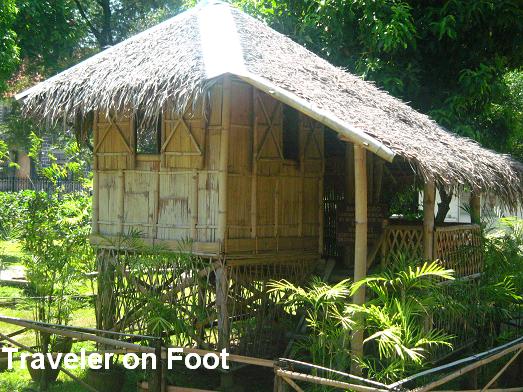
Bahay Na Bato. Also known as Bahay kastila (Spanish House), the Bahay na Bato is a residence of the well-to-do family. It has certain basic features, but the construction and design vary according to region. It is generally a two-sorry house.
Here is a description of one of the variations. "The ground floor is made of cut stone or bricks the upper floor of wood. Iron grilles protect the ground floor windows, while the second-story windows are wide with sliding pasamano (window sill), alternative windows called ventanillas (small windows), which are protected by iron grilles or wooden barandillas (balusters) reaching down to the floor, and have wooden shutters. It has a high hip roof sloping on four sides. Other are tile-roofed structures, and others are all-stones houses." (Zialcita, 1994).

An apartment is a multi-unit residence generally built in a populated urban area to be rented out to tenants. This may be row houses which is usually two-story buildings with a mezzanine. Each residential unit has living room, dining room, toilet and kitchen are in the first floor, and the bedroom is the second floor or in an elevation accessible through a flight of steps.
I really want to know about these forms and styles in Philippine architecture. I bet architects in the Philippines are cool enough to make modern versions of these.
ReplyDelete